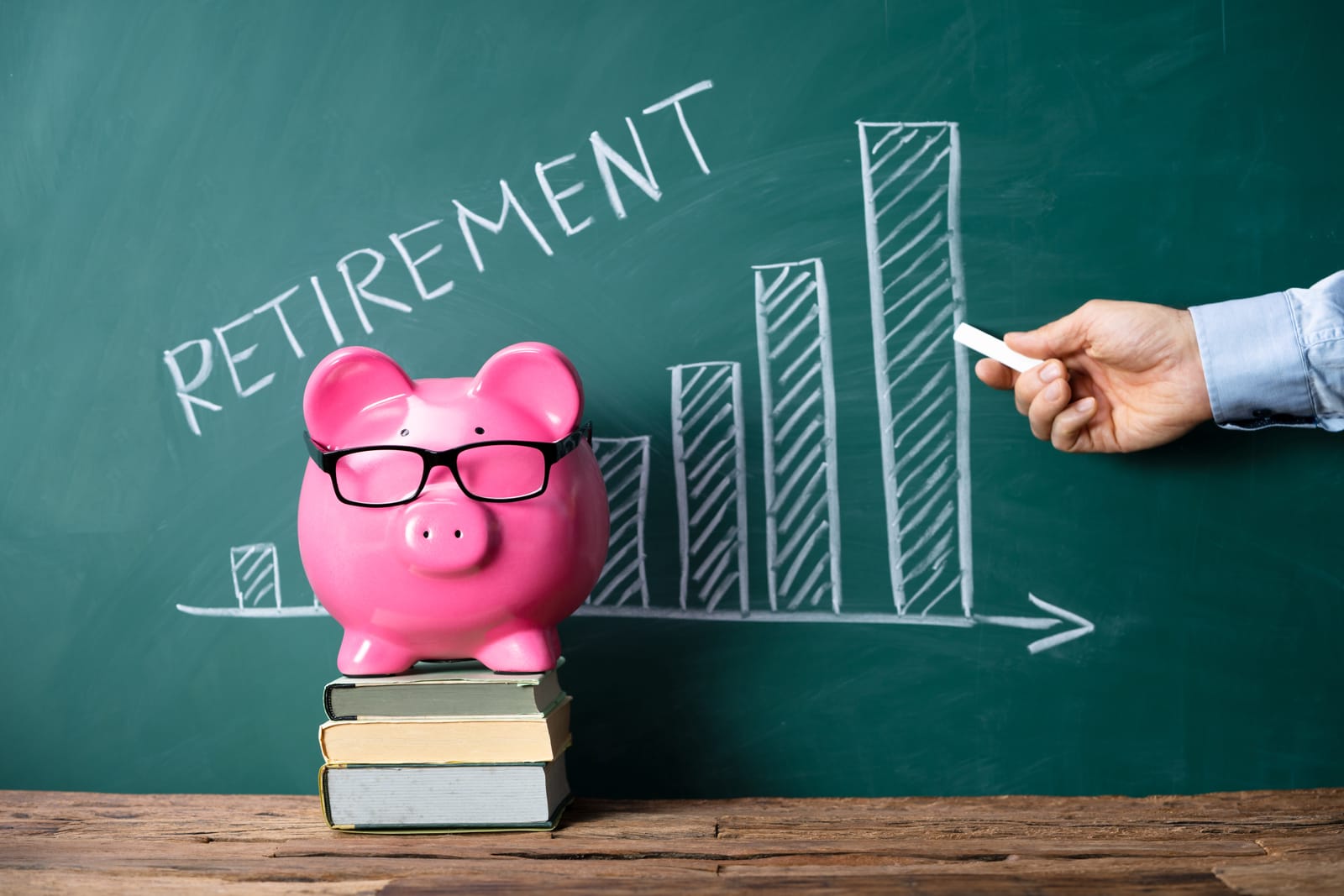For generations of Canadians, retirement was a predictable part of life’s journey. Today, for millions, it feels like a luxury they can’t afford. A recent BMO survey found that over three-quarters of Canadians worry they won’t have enough savings, a fear amplified by inflation and the rising cost of living. But how does Canada’s retirement system actually work, and is it built to last? This is the full story on the pillars of retirement in Canada.
The Three Pillars of Retirement Income
Canada’s retirement income system is designed like a three-legged stool, with each leg providing a different layer of support. The three pillars are: government pensions, workplace pensions, and personal savings.
Pillar 1: Government Pensions
This is the foundational layer of Canada’s social safety net for seniors.
- Old Age Security (OAS): A monthly payment available to most Canadians aged 65 and over, regardless of their work history. The amount you receive depends on how long you’ve lived in Canada after age 18. It is considered taxable income and is subject to a “recovery tax” (or clawback) for high-income seniors. (See current OAS payment amounts)
- Guaranteed Income Supplement (GIS): A non-taxable top-up benefit for low-income OAS recipients living in Canada. The GIS is income-tested, meaning the amount you receive is based on your (and your spouse’s) annual income. (Check GIS eligibility and amounts)
- Canada Pension Plan (CPP): Unlike OAS, the CPP is a contributory plan. You and your employer both contribute a percentage of your earnings throughout your working life. The amount of your CPP retirement pension depends on how much and for how long you contributed. It is designed to replace about 25% of your average pre-retirement earnings, up to a yearly maximum. (Learn more about CPP payments)
Pillar 2: Workplace Pensions
This layer consists of employer-sponsored pension plans. The availability and type of plan vary dramatically across industries and employers. The two main types are:
- Defined Benefit (DB) Plans: These plans promise a specific, predictable monthly income in retirement, usually based on your salary and years of service. The investment risk is borne by the employer. DB plans are now rare in the private sector but are still common in the public sector.
- Defined Contribution (DC) Plans: In these plans, the employer and/or employee contribute a set amount to an individual investment account. The final retirement income depends on how well the investments perform. The investment risk is borne by the employee. As Statistics Canada data shows, there has been a significant shift from DB to DC plans over the past few decades, transferring risk from employers to workers.
Pillar 3: Personal Savings and Investments
This is the layer that individuals are responsible for building themselves, using tax-advantaged accounts provided by the government.
- Registered Retirement Savings Plan (RRSP): An RRSP allows you to defer taxes. Contributions are tax-deductible, meaning they reduce your taxable income today. The investments grow tax-sheltered, but withdrawals in retirement are taxed as income. (Official RRSP Guide)
- Tax-Free Savings Account (TFSA): A TFSA works in the opposite way. Contributions are made with after-tax dollars (no upfront deduction), but all investment growth and withdrawals are completely tax-free. For many, especially lower and middle-income earners, the TFSA has become a preferred and more flexible retirement savings tool. (Official TFSA Guide)
The Big Question: Will Government Pensions Be There for You?
A common anxiety, especially among younger Canadians, is whether public pensions like CPP and OAS will still exist when they retire. The short answer is yes. Both systems are designed to be sustainable for the long term.
The Canada Pension Plan is independently managed by CPP Investments and is reviewed every three years by the Office of the Chief Actuary to ensure its financial health for the next 75 years. The most recent actuarial report confirmed that the CPP is sustainable at current contribution rates for the long term. Similarly, the Old Age Security program is funded from the general tax revenues of the Government of Canada and is considered a bedrock social program.
The Modern Retirement Squeeze
If the system is sustainable, why is there so much anxiety? The reality is that the retirement landscape has fundamentally shifted. The decline of generous workplace DB pension plans has transferred enormous responsibility onto individuals to fund their own retirement through personal savings. At the same time, the rising cost of living, stagnant wage growth, and the housing crisis have made it harder than ever for younger generations to save, creating a profound “retirement squeeze.”
The Bottom Line
Canada’s retirement system is a complex mix of public and private responsibility. While the public pension system provides a solid foundation, it was never designed to be the sole source of income for most retirees. Achieving a secure retirement in the 21st century requires a deep understanding of all three pillars and a disciplined, long-term approach to personal saving and investing. It is a challenge that requires both individual planning and a broader societal conversation about how to ensure every Canadian can retire with dignity.

